I have a Clivia with weird spots on leaves. What disease can it be?
Carmen Stefan
2 years ago
Featured Answer
Sort by:Oldest
Comments (12)
Carmen Stefan
2 years agoRelated Discussions
Weird spots on Euphorbia leaves
Comments (2)Can't say for sure but it sure looks like soot or mold infestation. Does it rub off? I've grown lots of Euphorbia and have never seen it before....See MoreHelp! I have weird things growing on blackberry leaves
Comments (2)Might possibly be orange rust. Contact your local office of your state universities USDA Cooperative Exgtension Service and take a sample, sealed in a plastic bag, in for ID and what you can do about it, which probably means removing the plants....See MoreTomatoes have some weird disease I guess...?
Comments (8)Thank you so much for that diagnosis! I read the FAQ given and it sounds like it could be caused by many things. I suspect that I may have over-watered and perhaps should not have used Shultz 10-15-10 every other day...? even though it said on the label it was okay... I'm going to start another thread to ask if there are any particular things I can do now. Again, I read the faq and it recommended some things, which I will try to do, but I want to know if anyone has actually had success with one thing or another. Again, thanks for your help!...See MoreWeird spots/stains on the under side leaves of some peppers
Comments (9)@ken I'm sure that these are two different problems giving that they have different colours, shape/pattern and are on the opposite sides of the leaves - I may be wrong. I sprayed bacon soda and soapy water (to kill the aphids) on most of the peppers BUT I didn't mulch around the plants in the pots so I saw some pepper plants with soil spewed all over the undersides of its leaves. Thanks...See MoreCarmen Stefan
2 years agoCarmen Stefan
2 years agoCarmen Stefan
2 years agotapla (mid-Michigan, USDA z5b-6a)
2 years agolast modified: 2 years agoCarmen Stefan thanked tapla (mid-Michigan, USDA z5b-6a)
Related Stories

LIFEThe Polite House: How Can I Kindly Get Party Guests to Use Coasters?
Here’s how to handle the age-old entertaining conundrum to protect your furniture — and friendships
Full Story
FUN HOUZZEverything I Need to Know About Decorating I Learned from Downton Abbey
Mind your manors with these 10 decorating tips from the PBS series, returning on January 5
Full Story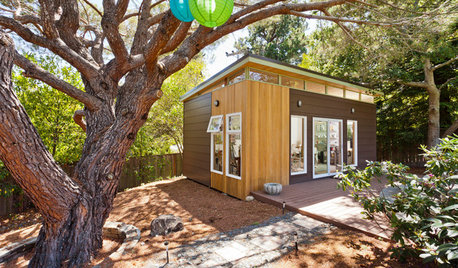
OUTBUILDINGSWe Can Dream: Look at All You Can Do With an Outbuilding
A bonus living space in the backyard expands the possibilities for work, family and fun. Here are 10 ways to imagine one
Full Story
GARDENING GUIDESTree Care: Common Tree Diseases and What to Do About Them
Learn to recognize trees that may be affected by diseases or pests so you can quickly take action
Full Story
EVENTSOn Show: Weird, Wondrous Science Meets Design
Houses grown, not built. Power-generating soil. And snail poop that ... well, see for yourself in our coverage of a new Rotterdam exhibit
Full Story
GARDENING GUIDESHow to Fix Bare and Yellow Lawn Spots
Restore your turf’s good looks by reseeding unsightly patches
Full Story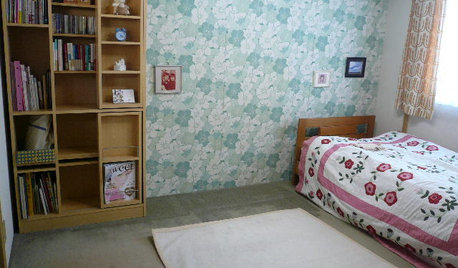
BOOKSCan Tidying Up Result in Life-Changing Magic?
Organizing phenom Marie Kondo promises big results — if you embrace enormous changes and tough choices
Full Story
MOST POPULAR9 Real Ways You Can Help After a House Fire
Suggestions from someone who lost her home to fire — and experienced the staggering generosity of community
Full Story
HOUSEPLANTS8 Houseplants You Can't Kill
They're forgiving and let you forget. Houseplants don't get any easier than this
Full Story
HOUSEKEEPINGCan-Do Cleaning Strategies for Busy People
While you dream of having a maid (to go with the cook and chauffer), this simplified cleaning routine can keep your real-world home tidy
Full Story



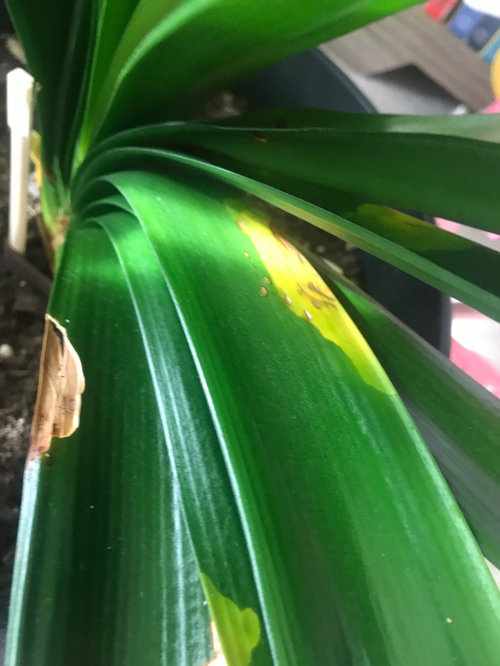


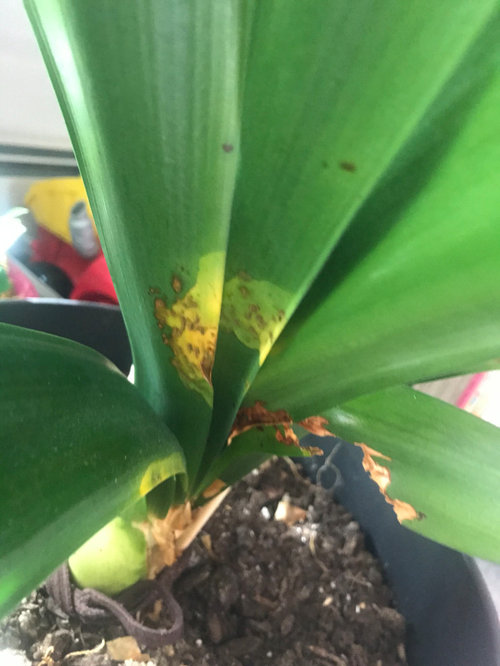


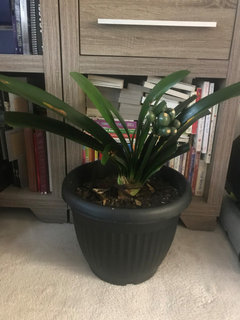

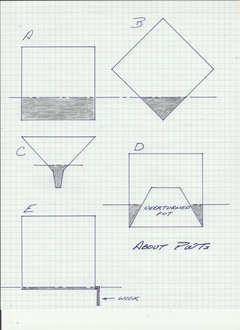





stupidlazydog CT zone 5b/6a